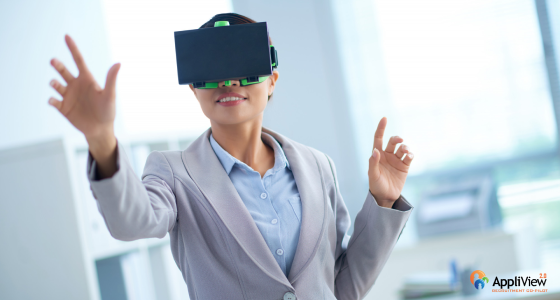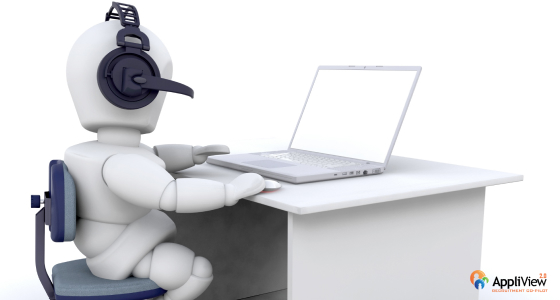In today’s competitive job market, eliminating bias in hiring is crucial for fostering diverse and inclusive workplaces. This blog explores the potential of AI in creating a fairer recruitment process through blind recruitment, data-driven insights, and standardized evaluations.
Using AI for Bias-Free Hiring
In today’s competitive job market, organizations are constantly striving to create diverse and inclusive workplaces. However, unconscious bias in hiring processes often stands in the way of achieving true equity. The emergence of Artificial Intelligence in recruitment has prompted a significant debate: Can technology help eliminate bias and create a fairer workforce? In this blog, we’ll explore the potential of AI in mitigating bias during hiring and the challenges that accompany its implementation.
Understanding Bias in Hiring

Bias in hiring refers to the unfair treatment of candidates based on characteristics unrelated to their qualifications or abilities, such as race, gender, age, or educational background. This bias can manifest in various ways, from the language used in job descriptions to the criteria by which applicants are evaluated.
The Role of AI in Recruitment
AI has the potential to revolutionize the hiring process by streamlining recruitment and providing data-driven insights. By automating tasks such as resume screening and candidate evaluation, AI can reduce the human element in hiring decisions. Here are some ways AI can foster a bias-free hiring process:
a) Blind Recruitment
AI tools can anonymize resumes by removing personal details, such as names, addresses, and educational institutions, to focus solely on qualifications and experience.
b) Data-Driven Insights
By evaluating historical hiring data, organizations can uncover biases in their recruitment processes and make informed decisions to rectify them.
c) Standardized Evaluation
AI can ensure that all candidates are evaluated against the same criteria, thus reducing subjective judgments.
d) Enhanced Candidate Sourcing
AI-powered tools can help organizations reach a broader and more diverse talent pool by using data analytics to identify underrepresented groups and target them in recruitment efforts.
Challenges of Implementing AI in Hiring
While the potential benefits of AI in promoting bias-free hiring are significant, several challenges must be addressed:
a) Algorithmic Bias
AI systems are only as good as the data they are trained on. If historical data reflects existing biases, the AI can inadvertently perpetuate them.
b) Transparency and Accountability
The decision-making process of AI systems can often be opaque, making it difficult for organizations to understand how hiring decisions are made.
c) Resistance to Change
Implementing AI in hiring requires a cultural shift within organizations. Resistance from employees who fear job displacement or are skeptical of technology can hinder progress.
d) Legal and Ethical Considerations
Organizations must navigate the complex landscape of employment laws and ensure that their AI practices comply with regulations to avoid potential legal repercussions.
Best Practices for Implementing AI in Hiring

To harness the power of AI for bias-free hiring effectively, organizations should consider the following best practices:
a) Conduct Regular Audits
Organizations should regularly review and audit their AI tools to ensure they are functioning as intended.
b) Invest in Training
Providing training for HR professionals on the use of AI in hiring can foster a better understanding of the technology and its potential benefits, as well as address any concerns related to bias and ethics.
c) Incorporate Human Oversight
While AI can streamline the hiring process, human judgment remains essential. Combining AI tools with human oversight can help ensure that decisions are fair and unbiased.
d) Seek Diverse Perspectives
Involve a diverse group of stakeholders in the development and implementation of AI hiring tools. This diversity can help identify potential blind spots and ensure that the technology serves all candidates fairly.
Conclusion
The promise of AI in creating a bias-free hiring process is significant, but it comes with challenges that organizations must navigate carefully. By leveraging AI’s capabilities while remaining vigilant about potential pitfalls, companies can work toward building a more equitable workforce.
